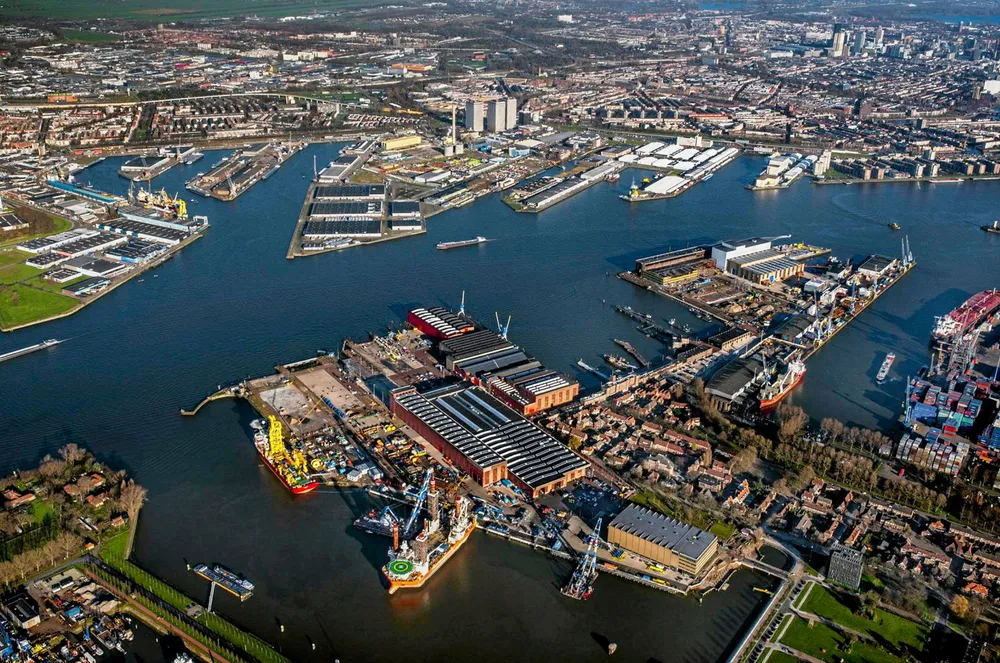Hydrogen 'nightmare' | Dutch agency expresses fears of toxic clouds and deaths from large-scale ammonia imports
Director of regulation at regional environmental protection body raises safety concerns about handling of NH3 at ports and during transportation by road or rail
